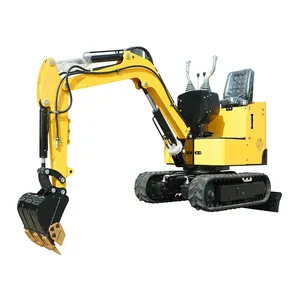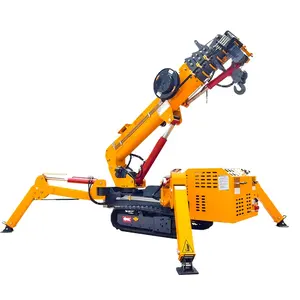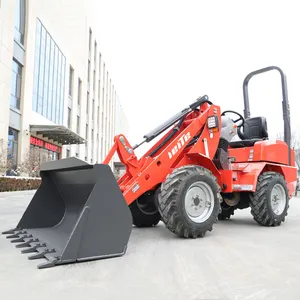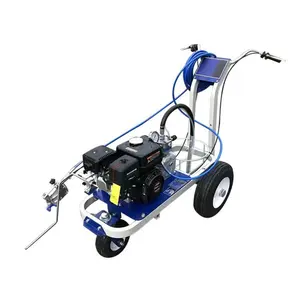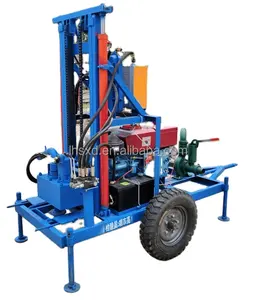Populair in uw branche


































































Gerelateerde zoekopdrachten:
















































































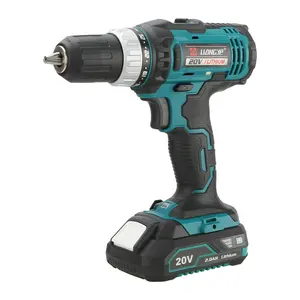






































































Topcategorieën
Over accuboormachine
Tegels worden steeds populairder in de hedendaagse constructie, waardoor de vraag naar. accuboormachine. Met de juiste. accuboormachine, u kunt verschillende soorten tegels maken voor gebruik op vloeren, keukens, toiletten en elke andere geschikte locatie. Ongeacht het type tegels dat u voor uw huis of bedrijf wilt, navigeer door Alibaba.com en ontdek verbazingwekkende. accuboormachine om u te helpen ze te maken.
Deze. accuboormachine zijn gemaakt van sterke materialen waardoor ze zeer duurzaam zijn. Ze zijn bestand tegen trillingen en andere mechanische schokken om gemakkelijk defect raken te voorkomen. Innovatieve ontwerpen maken het. accuboormachine snel en efficiënt, waardoor in korte tijd veel tegels van hoge kwaliteit worden geproduceerd. Als gevolg hiervan is het. accuboormachine bespaart u tijd en verhoogt uw productiviteit. Ze zijn perfect voor alle constructiewerkzaamheden die tegelproductie vereisen.
Wanneer u door Alibaba.com navigeert, vindt u de nieuwste technologieën die zijn verwerkt in de. accuboormachine om het energieverbruik te verminderen en toch zeer efficiënt te blijven. Daarom, de. accuboormachine stelt u in staat geld te besparen door middel van aanbiedingen en kortingen op kwaliteitsartikelen. Ze zijn verkrijgbaar in verschillende modellen en worden gemaakt volgens de behoeften van verschillende gebruikers. Daarom vindt u gegarandeerd. accuboormachine die aansluiten bij uw vereisten.
Op Alibaba.com zult u een breed scala aan. accuboormachine die geschikt zijn voor alle budgetgroottes. Evalueer ze zorgvuldig terwijl u de juiste voor u kiest. Welk type u ook kiest; u bent verzekerd van de beste kwaliteit in de categorie. Identificeren. accuboormachine die aan al uw eisen kan voldoen en waar voor uw geld.
